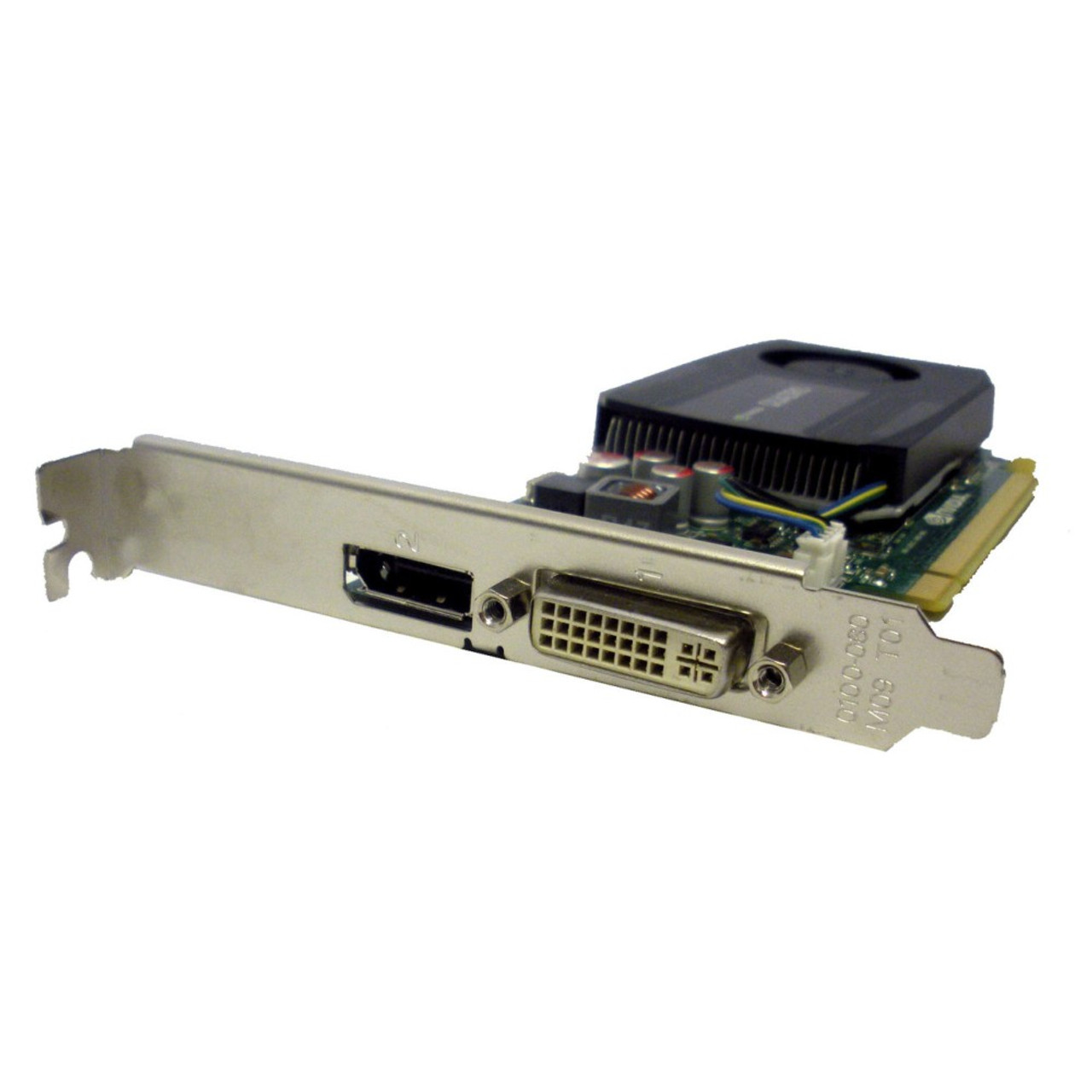

Similarly, with the increased number of supported displays per card NVIDIA has upgraded their Mosaic software to match Kepler’s capabilities, increasing the number of displays that can be part of a mosaic. Rather in a first for NVIDIA, they will be relying in DisplayPort 1.2’s MST/daisy-chaining functionality to drive 2+ monitors off a single DP output. Like the K5000, the K4000 and K2000 will be able to drive up to 4 displays, but in an important difference, owing to their smaller profiles these cards will not feature 4 display outputs. Of course the big draw for the Kepler Quadro family is Kepler’s improved display controller, which adds support for DisplayPort 1.2, support for 4K displays, and at the same time doubles the number of displays that can be driven from 2 on Fermi to 4 on most Kepler cards. Meanwhile relative to their Fermi predecessors performance has increased across the board, with the specific gains varying with the SKU and the resource needs of any given application. Partial ECC support for example will not make it down to any of these new cards, while NVIDIA’s GPUDirect for Video technology is being made available on the K4000 and above, but not the K2000 or K600. Similar to how the Fermi Quadro cards were handled, the Kepler Quadro cards are essentially stratified based on a mix of features and performance. Finally at $199 is a further cut down GK107 part, the K600, NVIDIA’s entry-level Kepler Quadro card featuring 192 CUDA cores, 1GB of RAM, and 1 DisplayPort along with 1 DL-DVI port. K2000 will come in two variants, a standard variant with 2 DisplayPorts and 1 DL-DVI port, and the K2000D which flips that for 2 DL-DVI ports and 1 mini-DisplayPort. Below that is the K2000 at $599, a GK107 based part packing 384 CUDA cores and 2GB of RAM. At $1,269 will be the GK106 based K4000, which combines 768 CUDA cores with 3GB of RAM. Just as how the K5000 was the direct successor of the Fermi based Quadro 5000, these new cards are the direct successors of their respective Fermi counterparts, and will be occupying roughly the same market segments. These cards will be the K4000, the K2000, the K2000D, and the K600.

Today that will finally be changing as NVIDIA fleshes out the rest of the Quadro lineup with new Kepler based parts.Īltogether NVIDIA will be launching 4 new Quadro cards, intending to fill out the lower performance, higher volume market segments below the $2,250 K5000. However since its launch the K5000 has stood alone as the only Kepler based desktop Quadro card, with the older Fermi based products filling out the rest of the Quadro family.
#Nvidia quadro k600 gpu update
Based on NVIDIA’s at the time leading GK104 GPU, K5000 was the customary generational update to the workstation-focused Quadro family, bringing to the Quadro family Kepler generation features such as support for 4 monitors, NVIDIA’s NVENC video encoder, and of course greater rendering performance. Back in August of 2012 NVIDIA announced their first Kepler based Quadro part, the Quadro K5000.


 0 kommentar(er)
0 kommentar(er)
